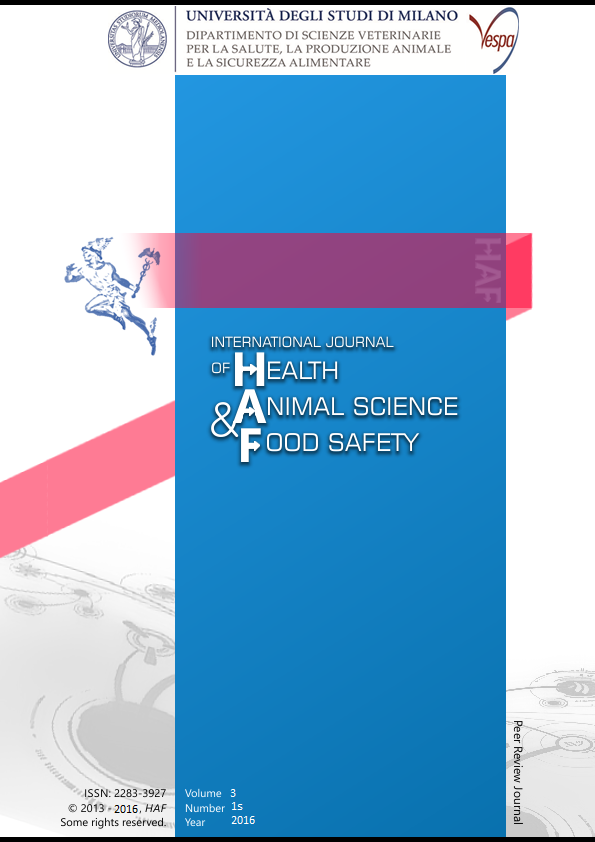Abstract
Embryonic development in bony fish is strongly influenced by environmental factors, mainly by temperature and dissolved oxygen, but little is known about their influence on Sturgeons. Since 1998 the international trade of Sturgeons has been regulated under CITES due to depletion of wild stocks. Sturgeon aquaculture as well as larvae production is, therefore, important because it may contribute to the repopulation of the wild stocks (Bronzi et al., 2011; Di Giancamillo et al., 2012).
The aim of this study is to monitor oxidative stress status and muscle development during embryonic and precocious larval phases in Siberian Sturgeon (Acipenser baeri), when subjected to different incubating temperatures (13°, 16° and 19°C).
Siberian sturgeon eggs were subjected to different incubation temperatures. Data regarding water quality parameters were recorded, as well as mortalities, embryonic period length, and precocious larvae behavior. Sampling was performed in the same developmental stage for each temperature, at five time points: 48 hours post-fertilization, embryo movements, hatching, schooling and yolk-sac full absorption. The observed hatching rates were between 85.5% and 98.8% with significant differences concerning the different experimental temperatures (T19 vs T13 and T19 vs T16, p<0,05). Histological, histochemical and immunohistochemical analyses will be performed to assess ontogeny of the lateral muscle and stress biomarkers (Lushchak, 2011), and gene expression will be analyzed for muscle development (Johnston, 2006). The obtained results will be compared with those concerning teleosts and will possibly contribute to better rearing conditions of sturgeons.
This study has been approved by the ethic committee of the Università degli Studi di Milano, with the following authorisation code: OPBA_20_2016.
Riferimenti bibliografici
Bronzi, P., Rosenthal, H. and Gessner, J. (2011).Global sturgeon aquaculture production: an overview. Journal of Applied Ichthyology Volume 27, Issue 2, pages 169–175, April 2011.
Di Giancamillo, A., Martino, P.A., Arrighi, S. and Domeneghini, C. (2012). Gut peculiarities of feed deprived white sturgeons (Acipenser transmontanus, Richardson 1836). Open Journal of Veterinary Medicine, 2012, 2, 52-59.
Johnston, I. A. (2006). Environment and plasticity of myogenesis in teleost fish. In: the Journal of Exp. Biol. 209:2249-2264.
Lushchak, V.I. (2011). Adaptive response to oxidative stress: bacteria, fungi, plants and animals. Comparative biochemistry and physiology, toxicology and pharmacology. CBP vol.153, n.2, pp 175-190.
This work is licensed under a CC BY-SA 4.0 international

